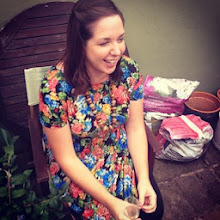There was also a wall where they've written the known names of people that died. There were only about 4,000 names on the list-- that's the most complete record they have and it's extremely heartbreaking to witness.
There was also a museum, but we weren't allowed to take pictures inside. These are some of the gardens surrounding the mass graves.
The second place we visited was a church in Nyamata, about 30 minutes outside of Kigali. 10,000 people were murdered within the church during the Genocide. As a memorial, they removed all of the bodies, and left the clothing piled on benches around the church.
You could also see where bullet holes are still visible at the front door where they shot to get to the people inside.
At first we were unsure whether pictures were appropriate in this situation, but our guide gave us permission. He explained that he wanted us to document what had happened and tell people what we had seen. Rwandans feel understandably abandoned. They received little aid during the Genocide from outside countries and many people still feel as though it wasn't as big a tragedy as it honestly was.
Needless to say, it was a really intense experience. It's something you don't necessarily ever want to see, and have nothing to relate it to from personal experience, but it's also necessary. I needed to see these things in order to understand the people that live here-- and especially my students. Most of my students will be too young to have remembered much from the Genocide, but they've all been effected by it through their families.


i didn't even know about this! it's so crazy how our worldview as americans is so skewed, we don't even notice the gigantic blinders we wear every day...
ReplyDeletei miss you sister! keep up the entries, i check it whenever i check perez lol!!